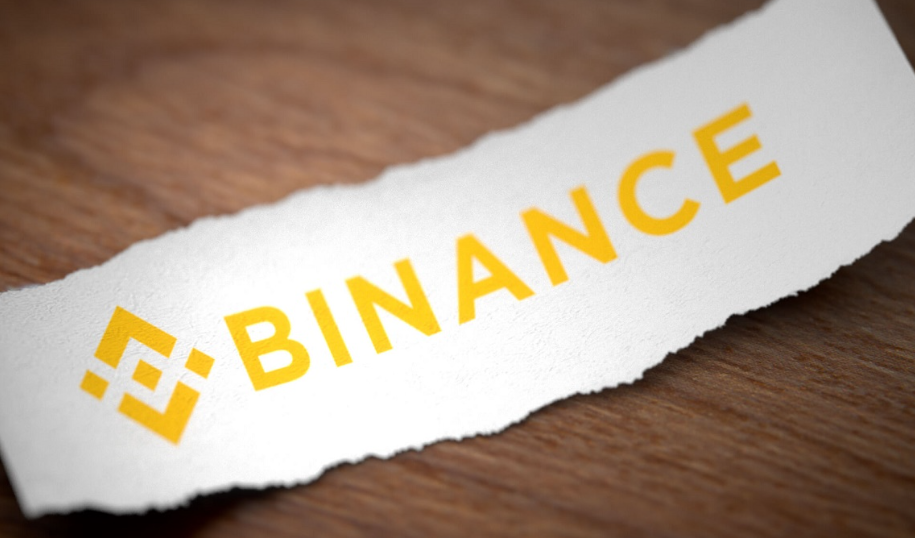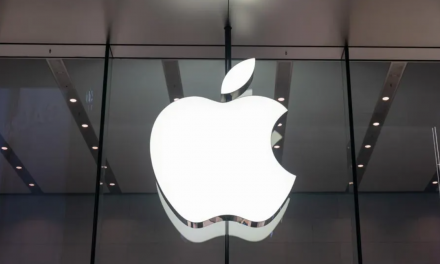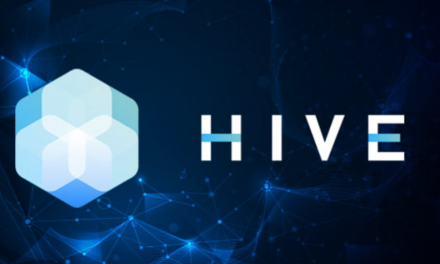PARIS, France – Binance has taken the next step in its effort to provide transparency of user funds, following the recent disclosure of Binance’s hot and cold wallet addresses. This latest update shows the Proof of Reserves for BTC and an update using the Merkle Tree data structure for users to verify BTC holdings.
This is the first iteration of the feature, with verification for ETH, USDT, USDC, BUSD and BNB coming soon. Binance is also working to onboard an independent third party auditor to validate the Merkle Tree data.
“Given recent events, it is understandable that the community will demand more from crypto exchanges, far more than what is currently required of traditional financial institutions. That’s why we’re pleased to provide this latest feature for our users to verify their funds,” said Changpeng Zhao ‘CZ’, CEO & Founder of Binance. “As Binance’s user community is exponentially larger than the next largest exchange, this is a massive under-taking and will take a few weeks to develop the data for the majority of our assets in custody. We are working to get the next update out as quickly as possible to meet the community’s expectations.”
Proof of Reserves
The new Proof of Reserves site has been designed to show that Binance, as a custodian, is holding client funds in full, with reserves. So in simple terms, when a user deposits one Bitcoin, Binance’s reserves increase by at least one Bitcoin to ensure client funds are fully backed.
People will be able to check the site and see Binance’s Proof of Reserves, showing Binance’s reserve ratio alongside customer liabilities.
Two ways to verify funds
The site also provides two new ways for people to easily verify their transactions against Binance’s Merkle tree. The first way people can verify their funds is via the Binance website where people can check their BTC funds against Binance’s Merkle tree in a few simple steps.
After logging into the Binance website, click “wallet”, followed by “audit” and this will generate a unique record ID that confirms assets are covered and as well as confirming users’ asset balance at the time of the audit.
For those who want to go a step further and independently verify their funds, they can copy the source code into a python application and cross reference it themselves.
What’s next
Binance is also looking at introducing ZK-SNARKs in the coming weeks. ZK-SNARKs are a powerful tool that bring additional privacy and simplicity benefits to proof of reserves and liabilities. The reason Binance is doing this is because Binance offers Margin and Loans services in some countries, so audit results will show the Net Balance, Equity and Debt of each user, where the Net Balance = Equity – Debt. As such, there could be some people that have negative asset balances. That’s why Binance will also be working to implement ZK-SNARKs as another way for those users to prove there are enough other assets to cover the funds with collateral. This will prove that the total net balances (USD) of each user is non-negative.
Our commitments remain the same
This latest update from Binance is to reassure people that Binance holds all user assets 1:1 (as well as reserves). Binance also has zero debt in its capital structure and it has an emergency fund (SAFU fund) to protect users for extreme cases.
Source: Binance





